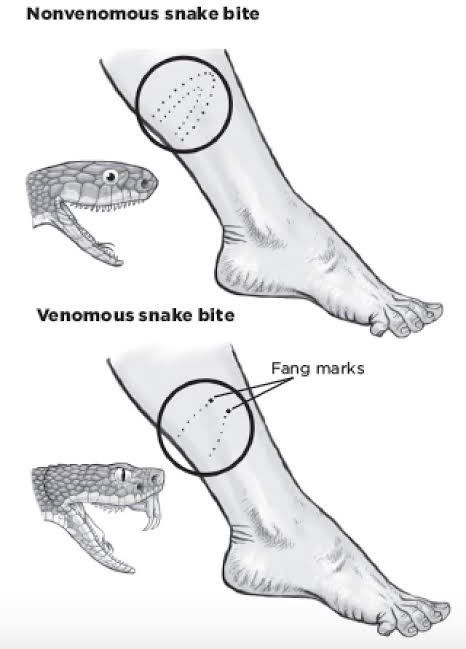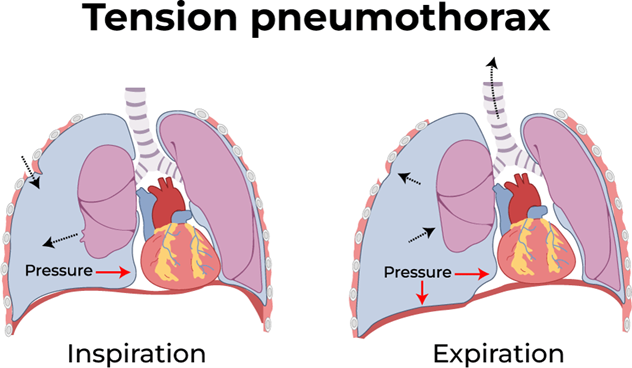A nurse is caring for a client who has expressive aphasia following a cerebrovascular accident (CVA). Which of the following parameters should the nurse use first in order to assess the client’s pain level?
Pulse and blood pressure findings
Scheduled treatments and client illness
A self-report pain rating scale
Behavioral indicators and affect
The Correct Answer is C
Choice A Reason: This is incorrect. Pulse and blood pressure findings are not reliable indicators of pain, as they can be influenced by many other factors, such as anxiety, medication, or underlying conditions. They are also not sensitive enough to detect changes in pain intensity or relief.
Choice B Reason: This is incorrect. Scheduled treatments and client illness are not relevant parameters for assessing pain, as they do not reflect the current pain experience of the client. They may provide some clues about the possible causes or sources of pain, but they do not measure the pain itself.
Choice C Reason: This is correct. A self-report pain rating scale is the most valid and reliable parameter for assessing pain, as it reflects the subjective perception of the client. The nurse should use a simple and appropriate scale, such as a numeric or visual analog scale, and ask the client to point to the number or picture that best represents their pain level.
Choice D Reason: This is incorrect. Behavioral indicators and affect are useful parameters for assessing pain, especially when the client has difficulty communicating verbally, but they are not the first choice. They are more subjective and variable than self-report, and they may be influenced by cultural or personal factors. They should be used in conjunction with self-report, not instead of it.
Nursing Test Bank
Naxlex Comprehensive Predictor Exams
Related Questions
Correct Answer is C
Explanation
Choice A: Removing the elastic bandages is not recommended. These bandages help slow the spread of venom by compressing the lymphatic vessels. Removing them could worsen the envenomation.
Choice B: This is incorrect. The nurse should not discharge the client, as they may develop serious complications from the snake bite, such as swelling, bleeding, infection, or shock. The client should be monitored closely and treated accordingly.
Choice C: This is the correct action. Antivenom treatment is crucial for serious snake envenomation. The sooner it can be administered, the better the outcome.
Choice D: While pain management is important, it is not the priority in this situation. Antivenom takes precedence over pain medication.

Correct Answer is D
Explanation
Choice A Reason: This is incorrect because this client has signs of brain death, such as severe head injuries, low respiratory rate, and unresponsiveness. The nurse should tag this client as black, which means deceased or expectant.
Choice B Reason: This is incorrect because this client has non-life-threatening injuries, such as a simple fracture and scratches. The nurse should tag this client as green, which means minor or delayed care.
Choice C Reason: This is incorrect because this client has minor injuries and is able to walk around. The nurse should tag this client as green, which means minor or delayed care.
Choice D Reason: This is correct because this client has a life-threatening condition called tension pneumothorax, which requires immediate care. This client has a life-threatening condition called tension pneumothorax, which is caused by air leaking into the pleural space and compressing the lung and the heart. This can lead to respiratory failure, cardiac arrest, and death if not treated immediately. The hissing sound indicates that air is escaping from the lung through the wound. The nurse should tag this client as red, which means immediate care is needed.

Whether you are a student looking to ace your exams or a practicing nurse seeking to enhance your expertise , our nursing education contents will empower you with the confidence and competence to make a difference in the lives of patients and become a respected leader in the healthcare field.
Visit Naxlex, invest in your future and unlock endless possibilities with our unparalleled nursing education contents today
Report Wrong Answer on the Current Question
Do you disagree with the answer? If yes, what is your expected answer? Explain.
Kindly be descriptive with the issue you are facing.
